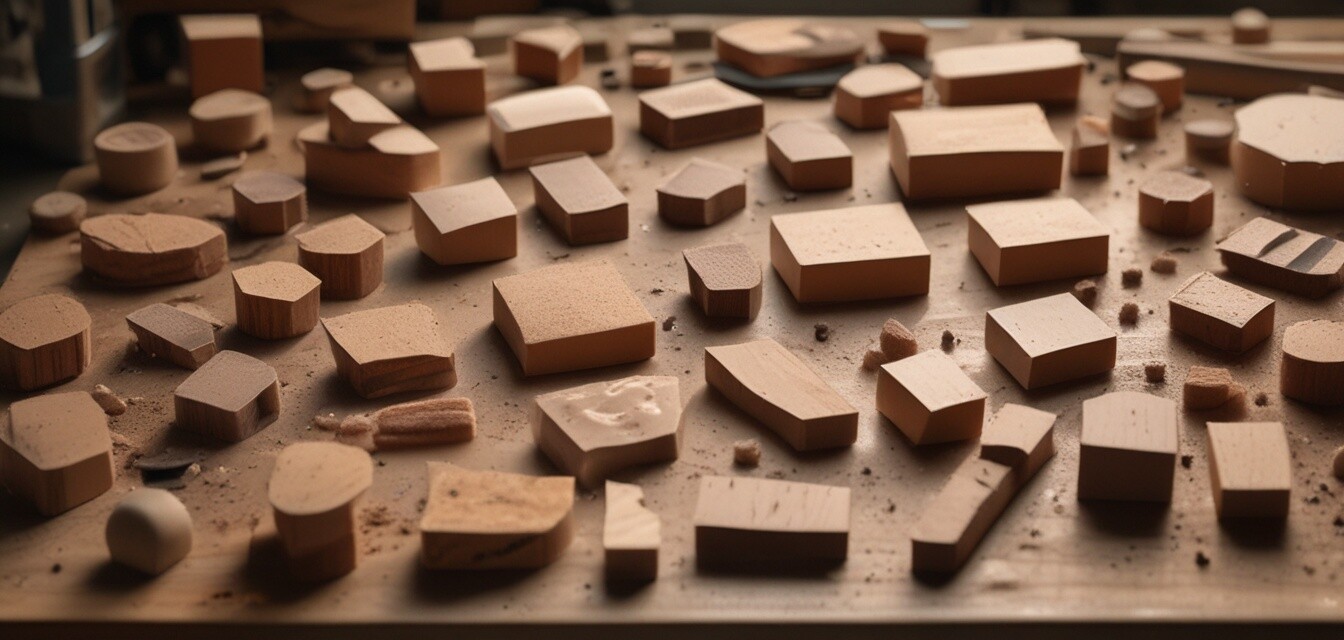
Using Sanding Blocks for Precise Sanding
Key Takeaways
- Sanding blocks provide consistency and precision for your sanding tasks.
- Different types of sanding blocks are useful for various applications.
- Utilizing proper techniques with sanding blocks enhances efficiency and results.
- Combining sanding blocks with other tools can achieve more complex finished surfaces.
Sanding blocks are essential tools that can help you take your woodworking projects to the next level. Whether you're a professional contractor or a DIY enthusiast, mastering the techniques for using sanding blocks will yield precise and smooth surfaces on your projects. In this guide, we'll explore various sanding techniques, types of blocks, and valuable tips to enhance your skills.
What are sanding blocks?
Sanding blocks are flat pieces of wood or rubber, designed to hold sandpaper securely while providing a stable surface for sanding. They come in various shapes and sizes, allowing you to tackle different sanding tasks effectively.
Types of sanding blocks
- Flat sanding blocks: These blocks are used for standard flat surfaces.
- Corner sanding blocks: Ideal for sanding tight spaces and corners.
- Contoured sanding blocks: Feature various curves for shaping rounded edges.
- Ergonomic sanding blocks: Designed for comfort and extended use.
| Type of Block | Best For | Common Uses |
|---|---|---|
| Flat sanding block | Flat surfaces | Tables, panels, and large boards |
| Corner sanding block | Tight spaces | Cabinets, shelves, and frames |
| Contoured sanding block | Curved surfaces | Furniture edges and moldings |
| Ergonomic sanding block | Extended use | Long projects such as decks and flooring |
Techniques for precise sanding with sanding blocks
1. Choose the right sandpaper grit
Start by selecting the appropriate grit for your project. Generally, follow these guidelines:
- Coarse grit (40-60): For heavy material removal and shaping.
- Medium grit (80-120): For smoothing surfaces and preparing wood for finishing.
- Fine grit (150-220): For final finishing and prep before varnishing.
2. Secure the sandpaper
Efficiently attach the sandpaper to the block. Some sanding blocks have clips or adhesive paper to hold the sandpaper tightly, which is essential for effective sanding.
3. Use even pressure
Apply consistent, even pressure across the sanding block. This technique ensures that you achieve a uniform finish without creating uneven surfaces.
4. Sand in the direction of the wood grain
Always sand in the direction of the wood grain. This minimizes scratches and ensures a smooth finish. When working on a project, mentally visualize the grain direction to guide your movement.
5. Overlap your strokes
Employ an overlapping technique to ensure comprehensive coverage. Move the sanding block in a pattern that covers previously sanded areas slightly to prevent missed spots.
Common mistakes to avoid
- Skipping grits: Always transition through grits for the best results.
- Using too much pressure: Let the sandpaper do the work to avoid damaging the material.
- Neglecting dust removal: Keep the surface clean to maintain sanding efficiency.
Safety tips while sanding
Safety should always be a priority when using power tools and sanding tools. Here are some safety tips to practice:
- Wear safety goggles to protect your eyes from wood dust.
- Use a dust mask to avoid inhaling harmful particles.
- Ensure your work area has proper ventilation.
Pros
- Provides great control and precision.
- Versatile for different tasks and materials.
- Improves the quality of your finished project.
Cons
- Can be time-consuming for large projects.
- Requires multiple grit levels for best outcomes.
Conclusion
Sanding blocks have substantial benefits for achieving precise sanding results in your projects. By using the right techniques, selecting the proper materials, and taking necessary safety measures, you can enhance your woodworking skills significantly. For more tips on related tools and techniques, check out our Buying Guides and How-To Guides, where you can find resources to further sharpen your skills.
